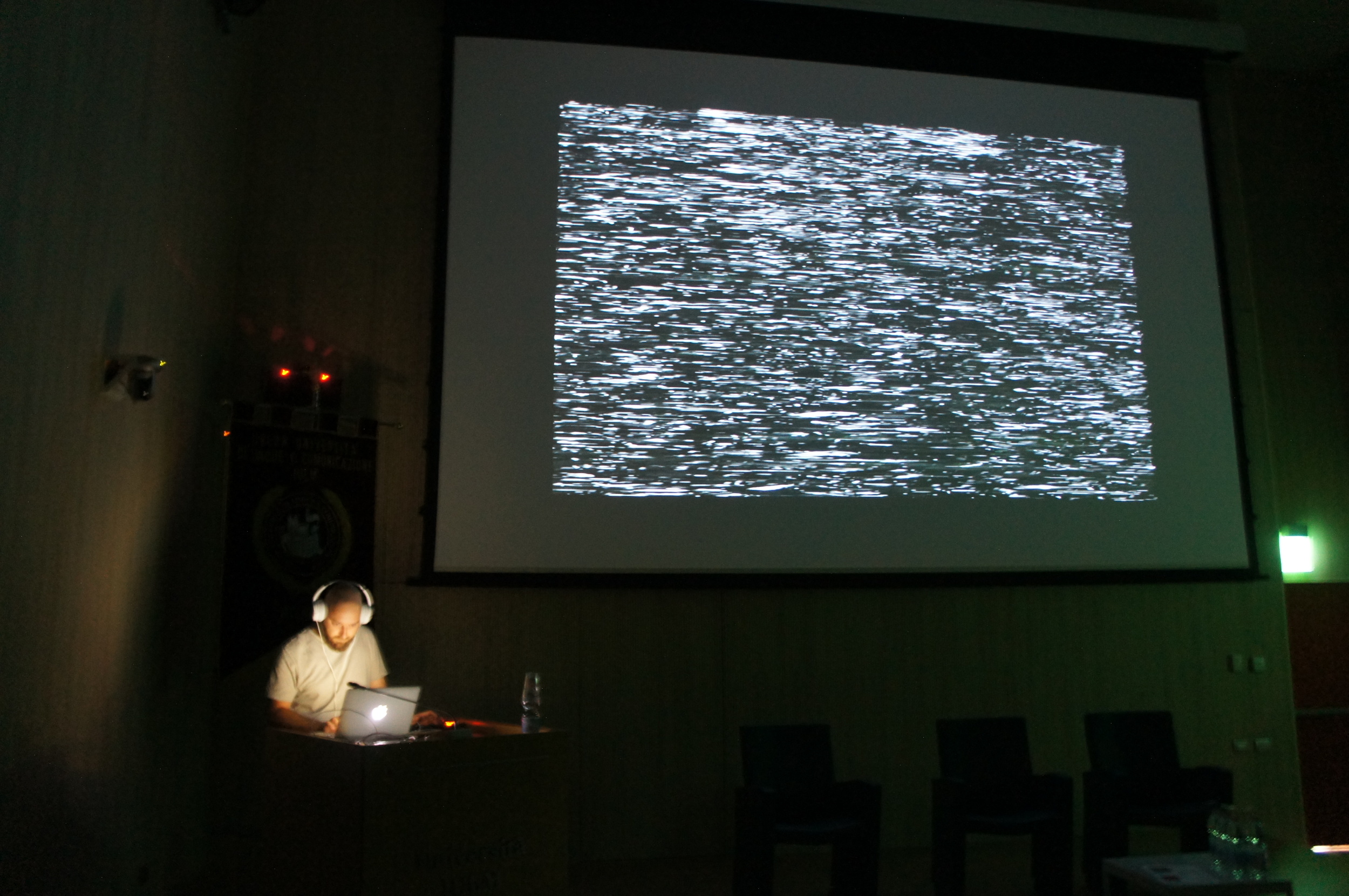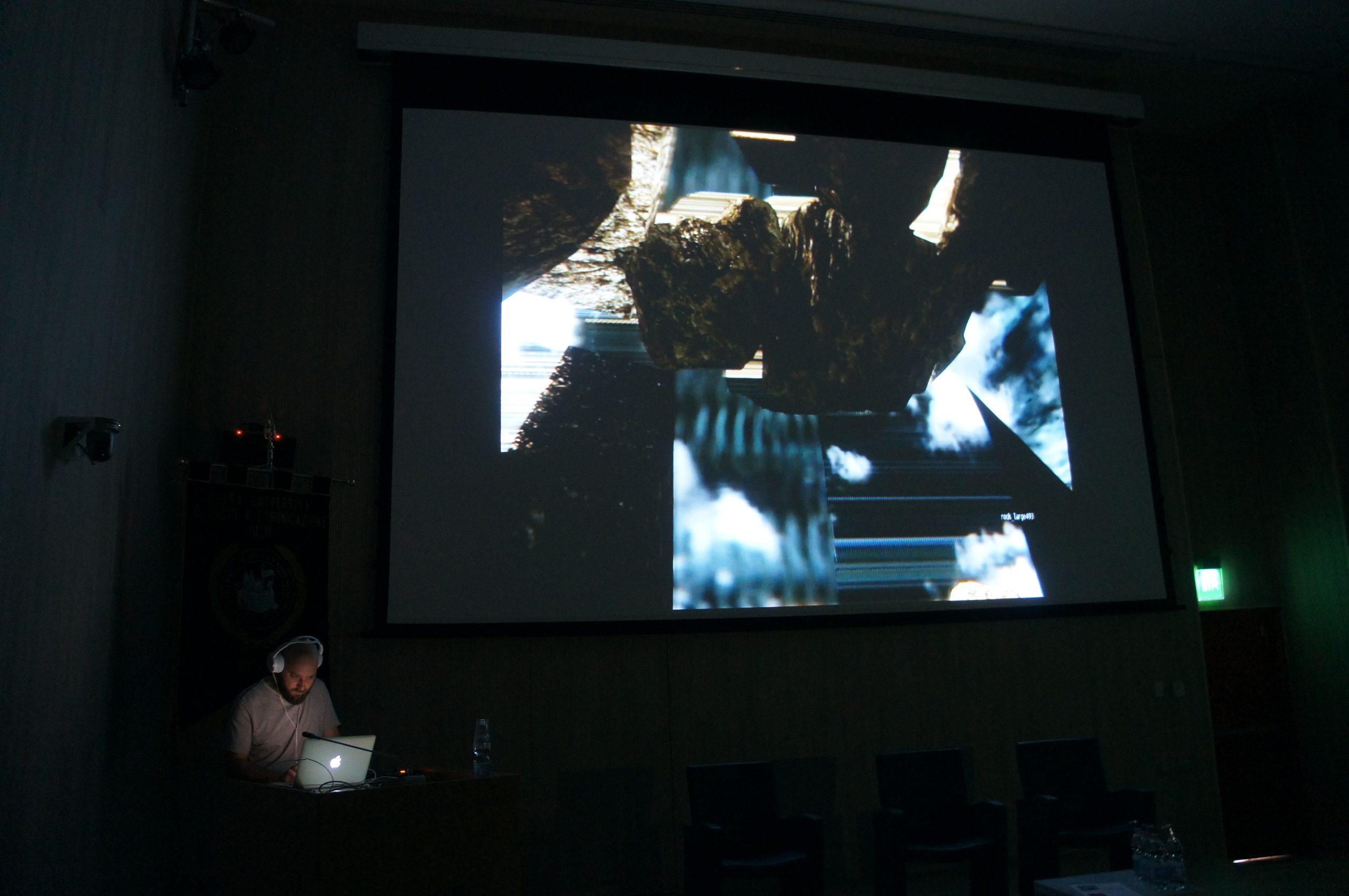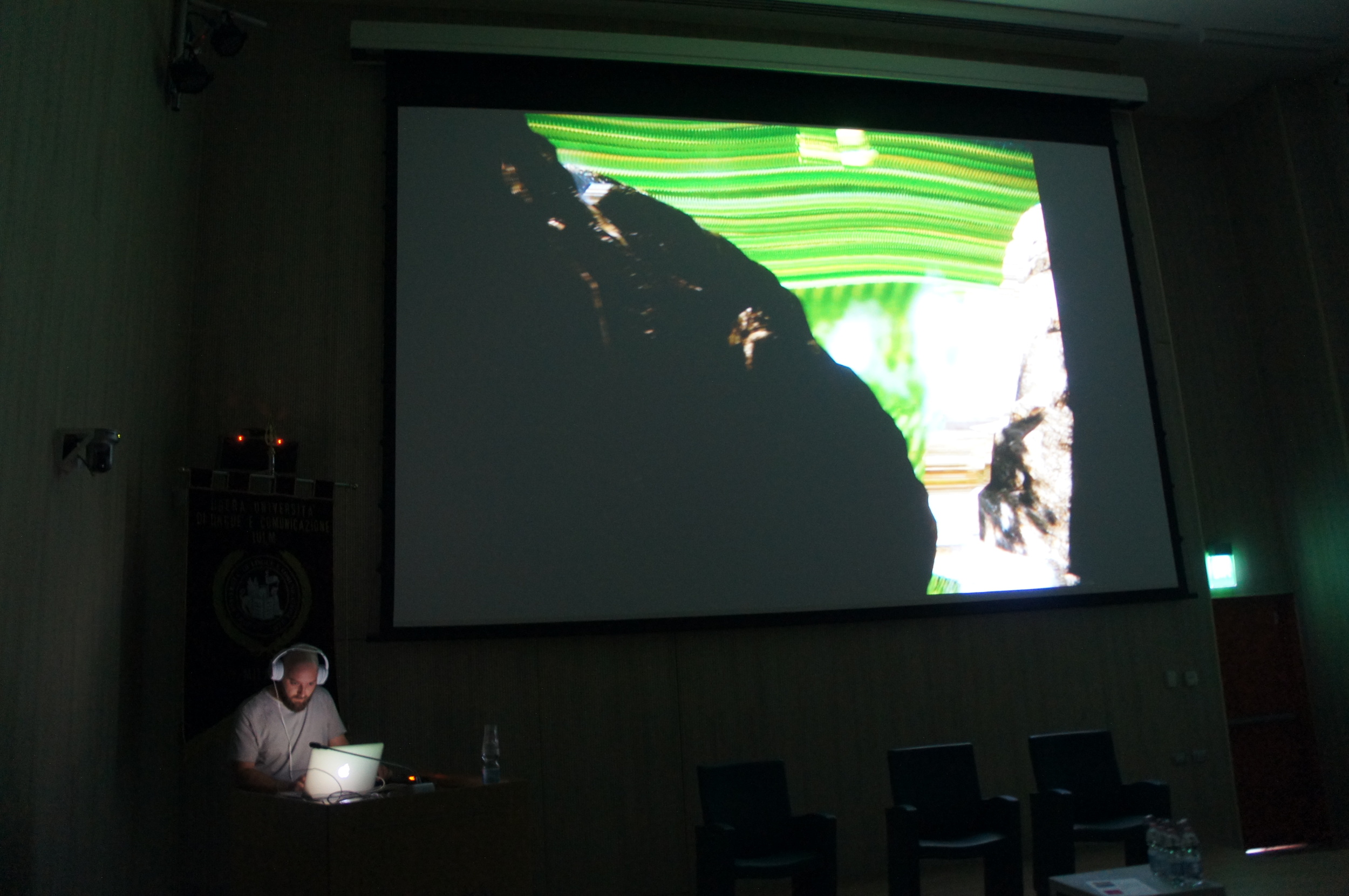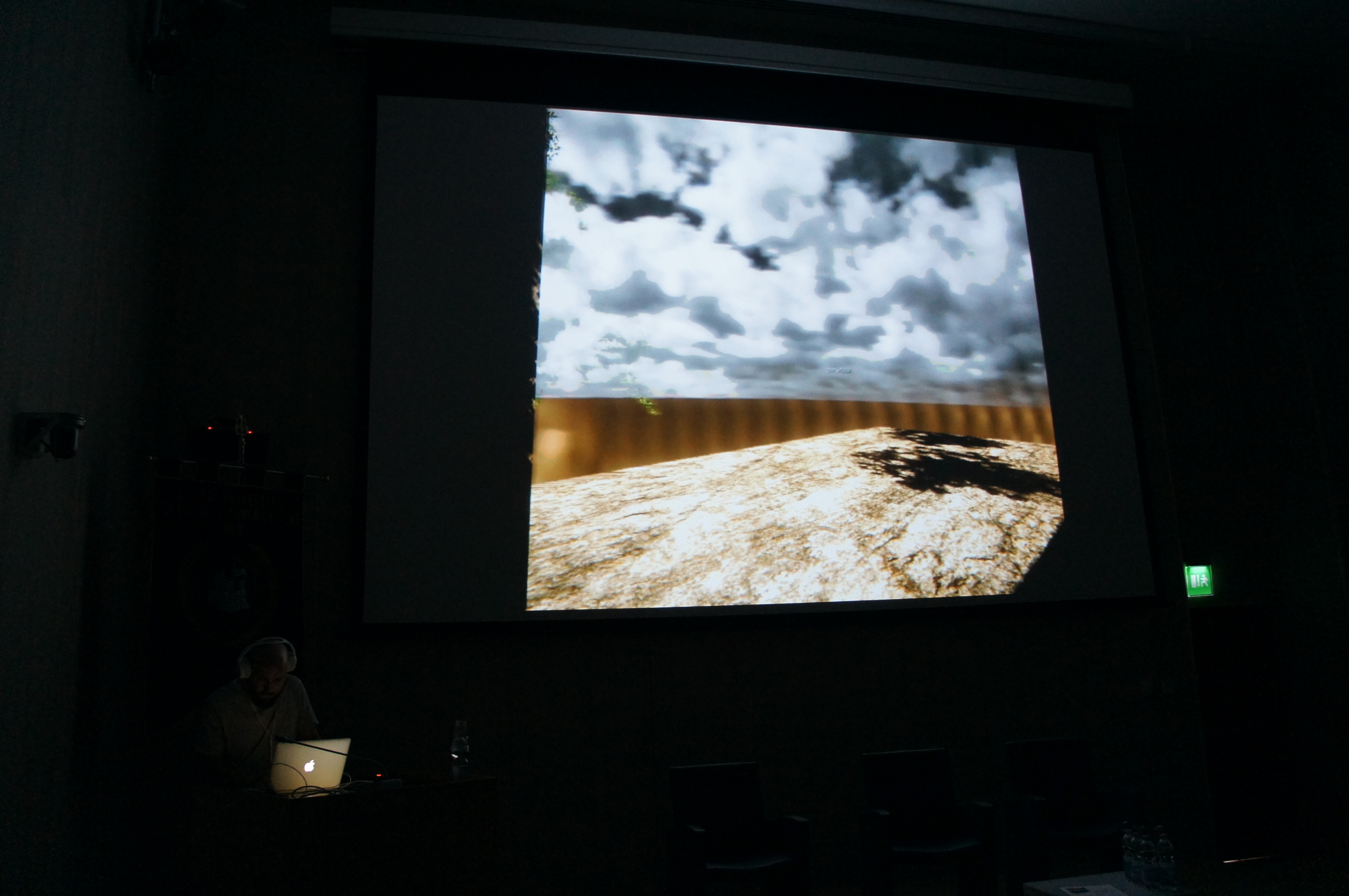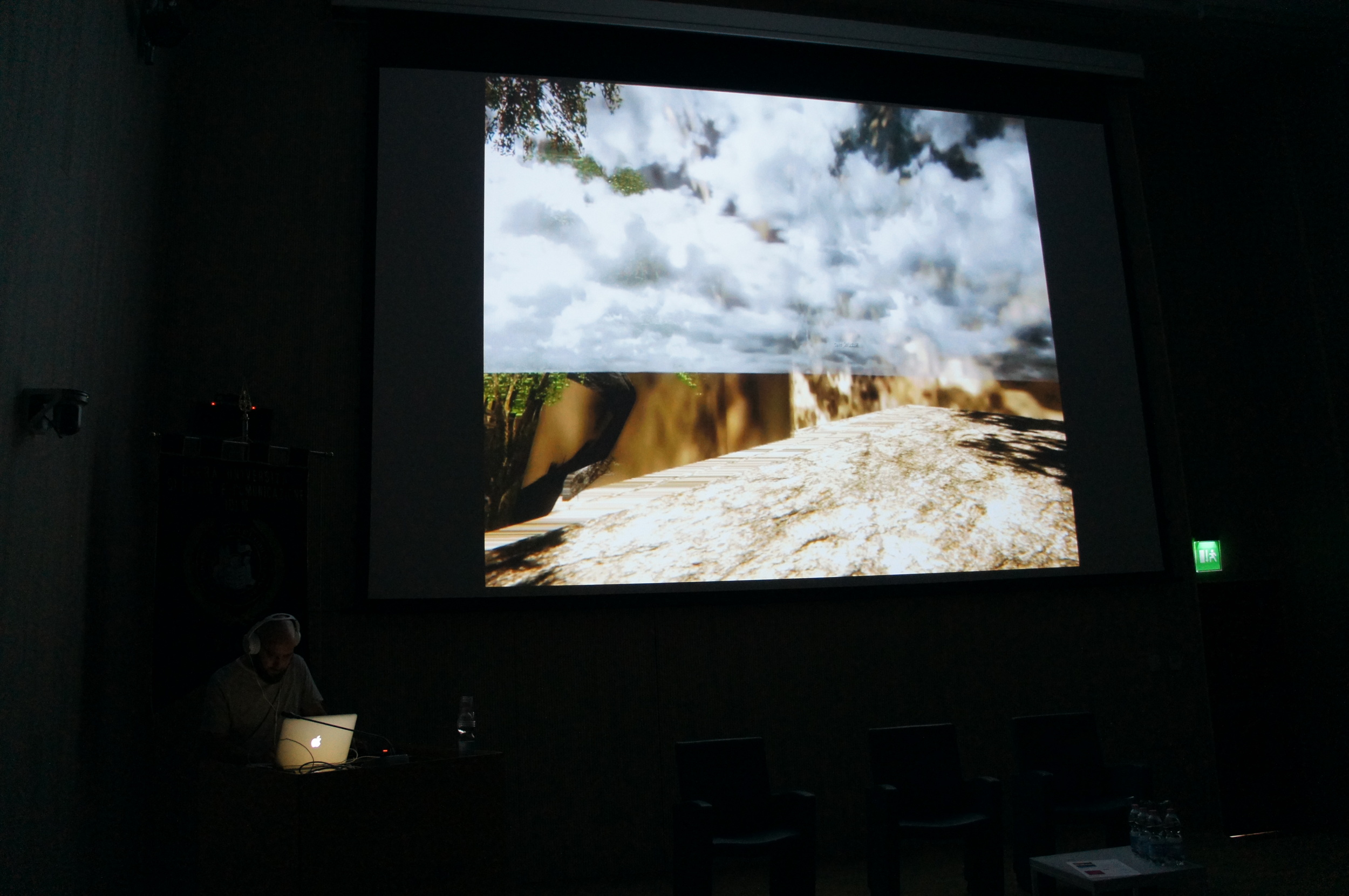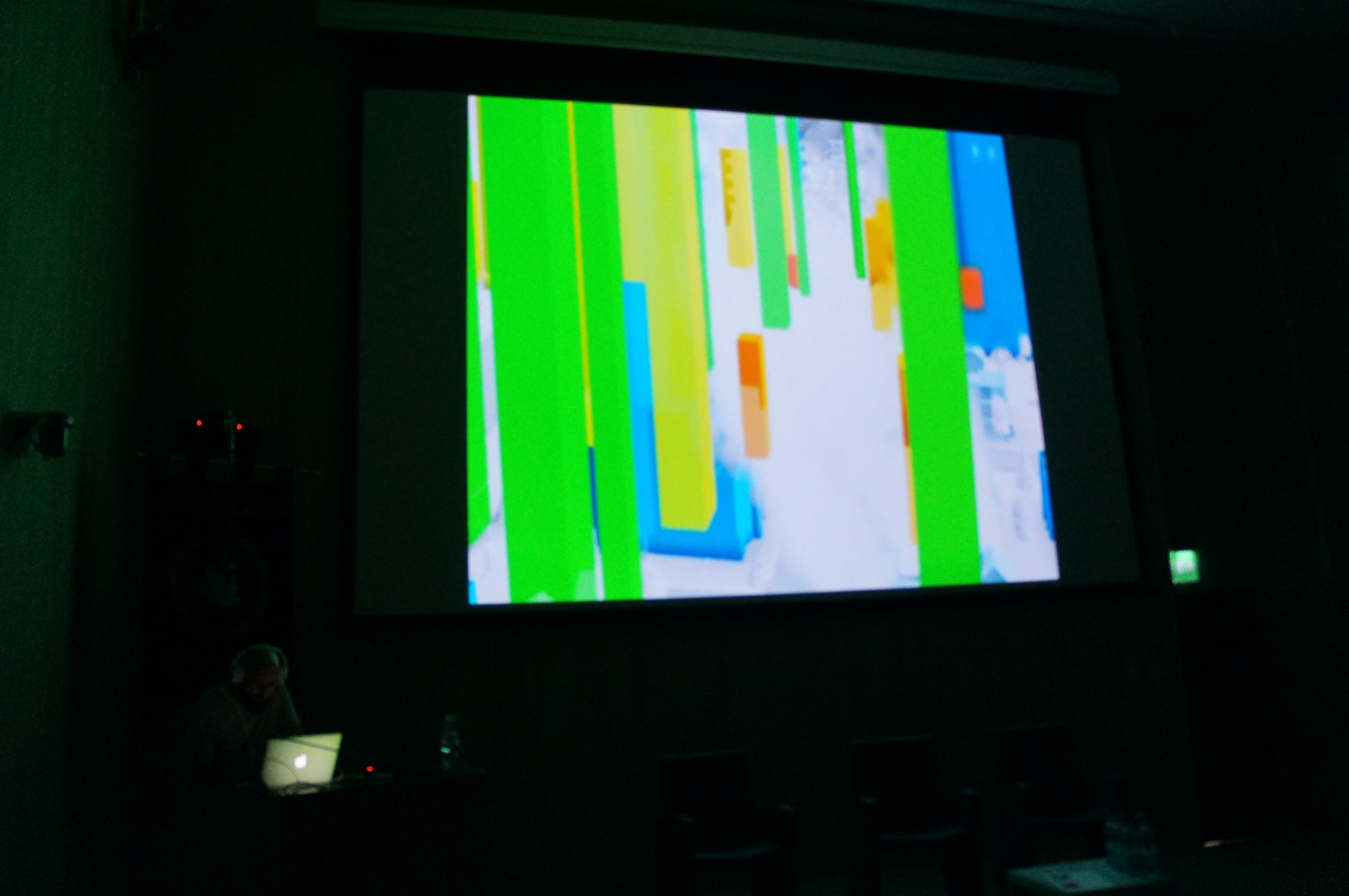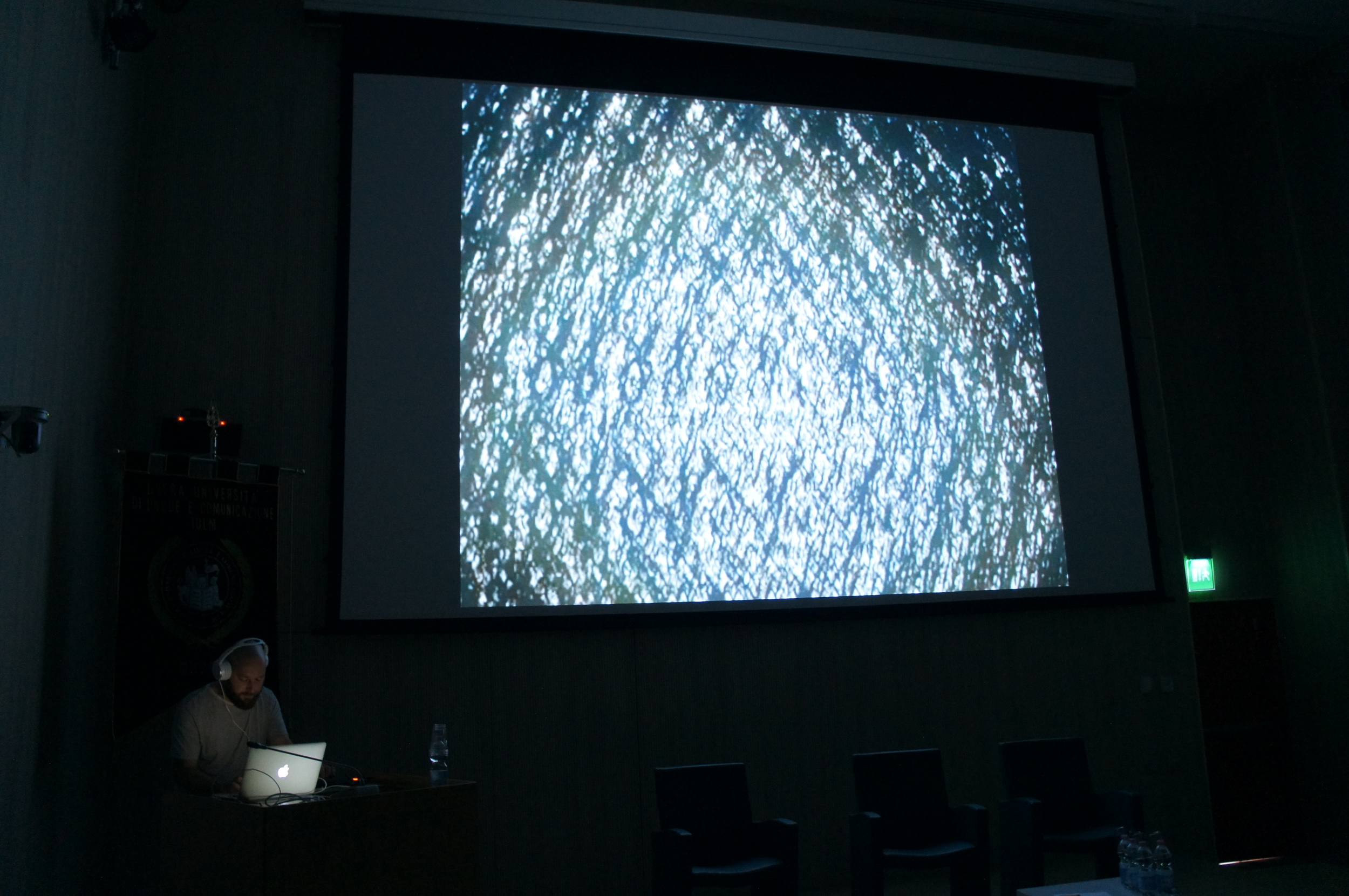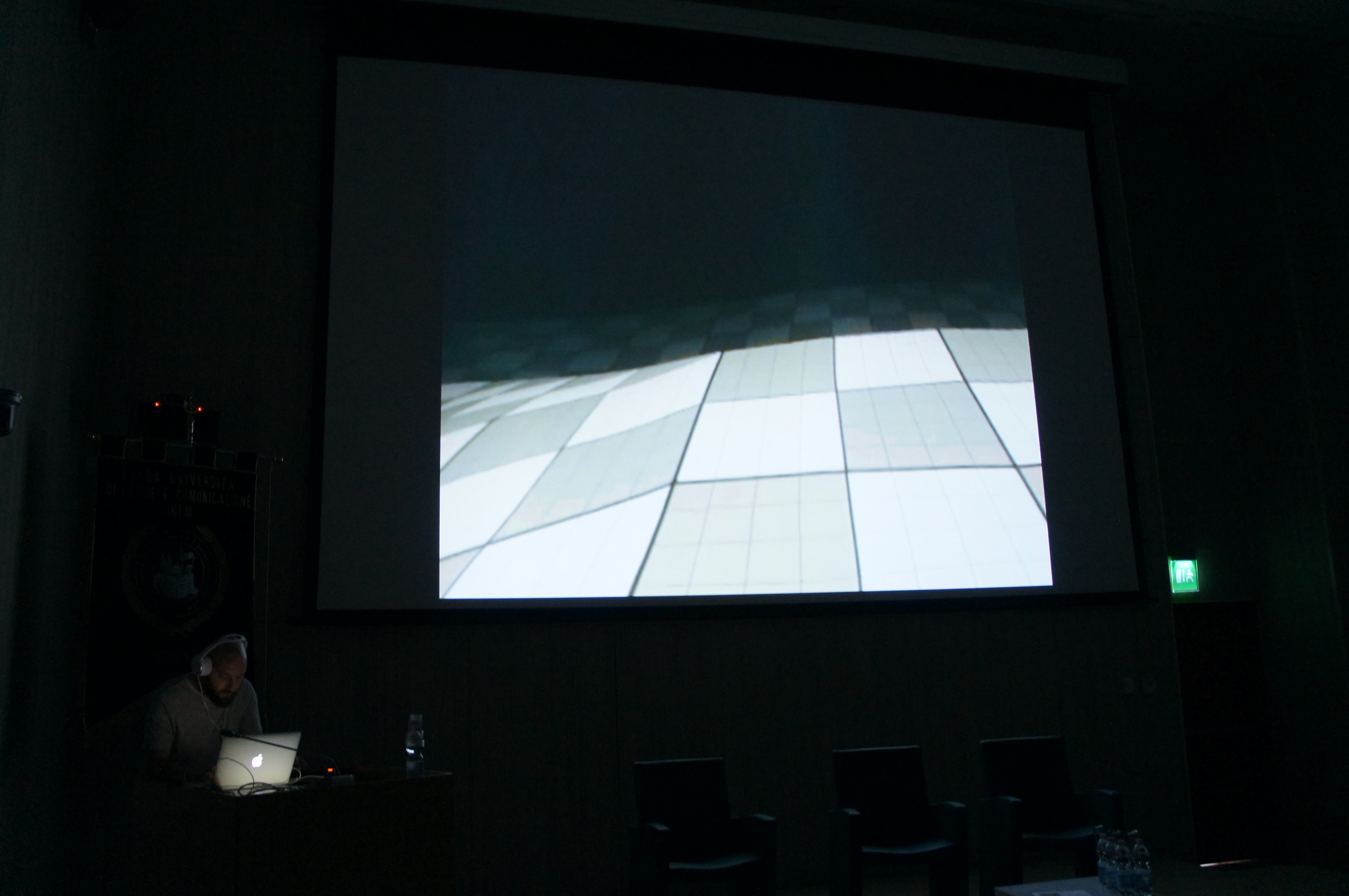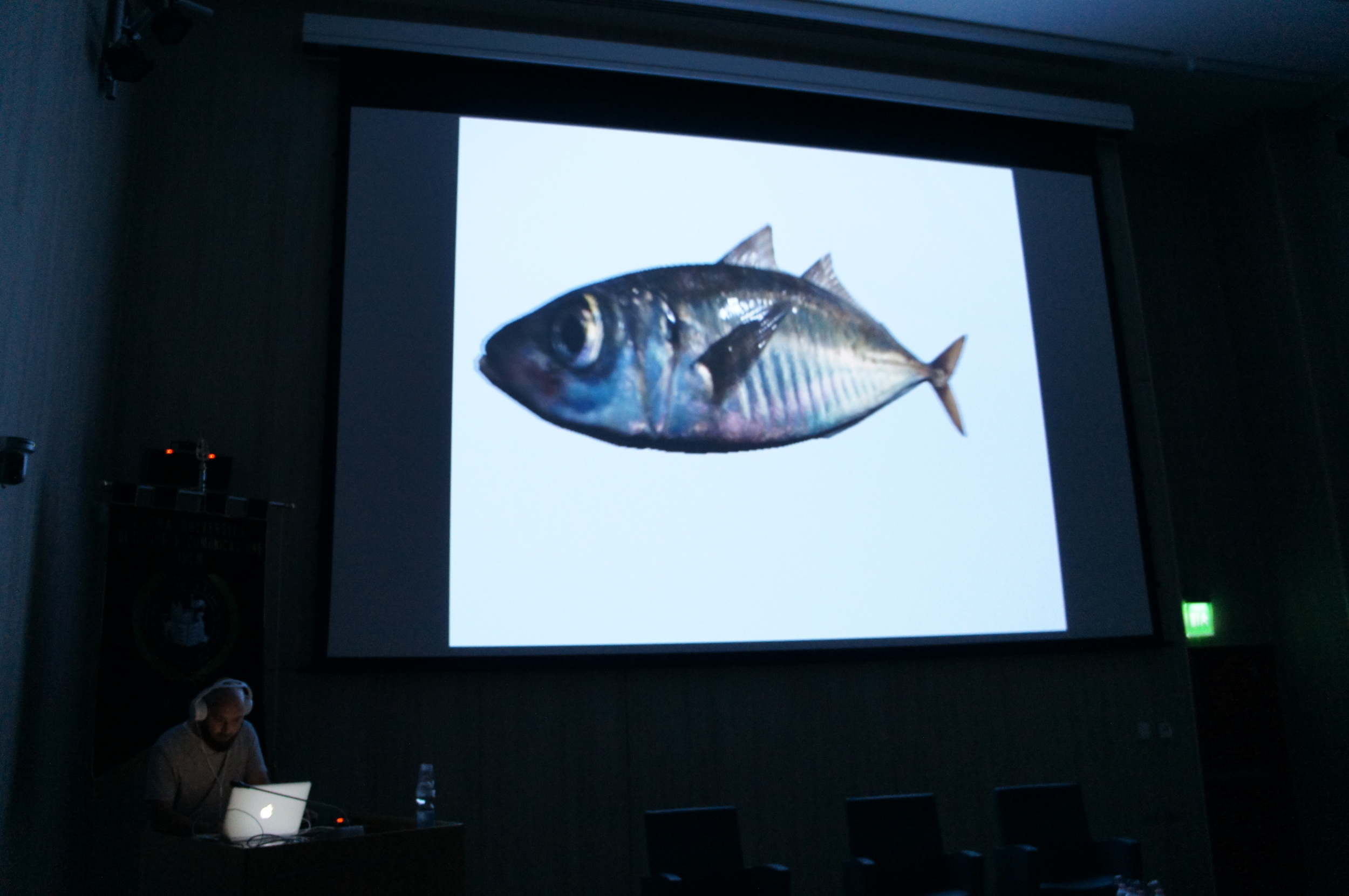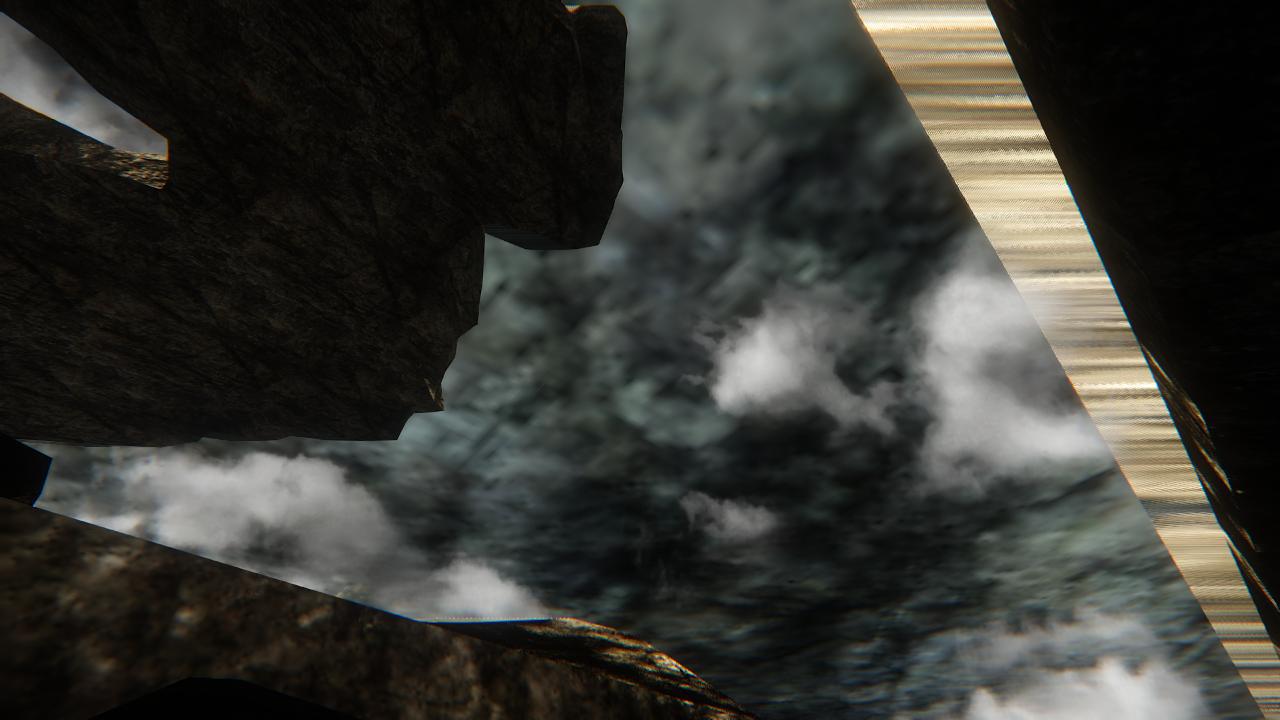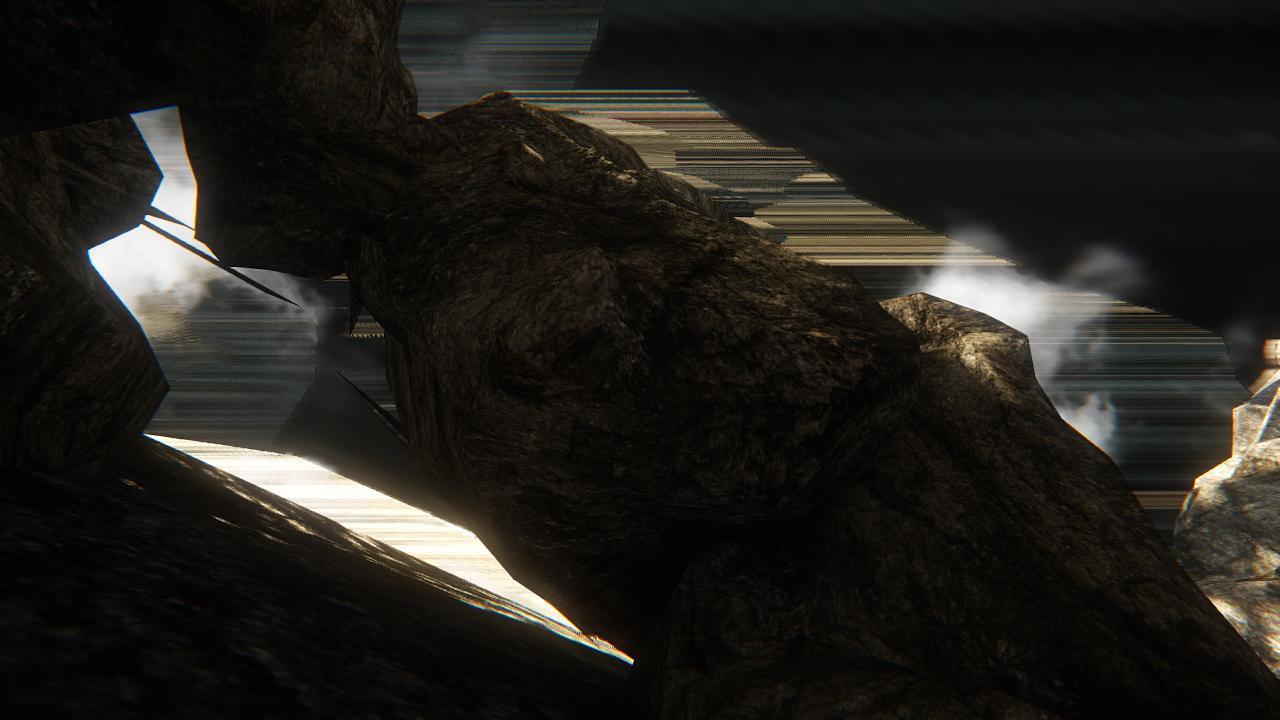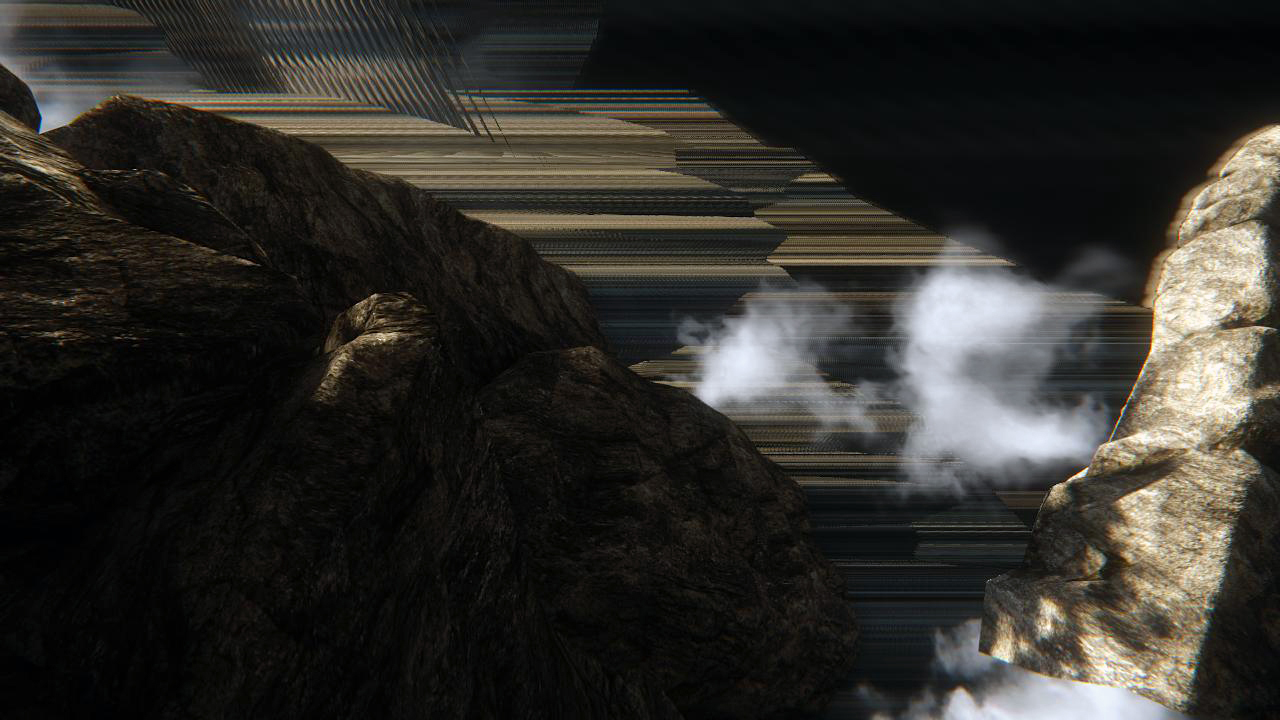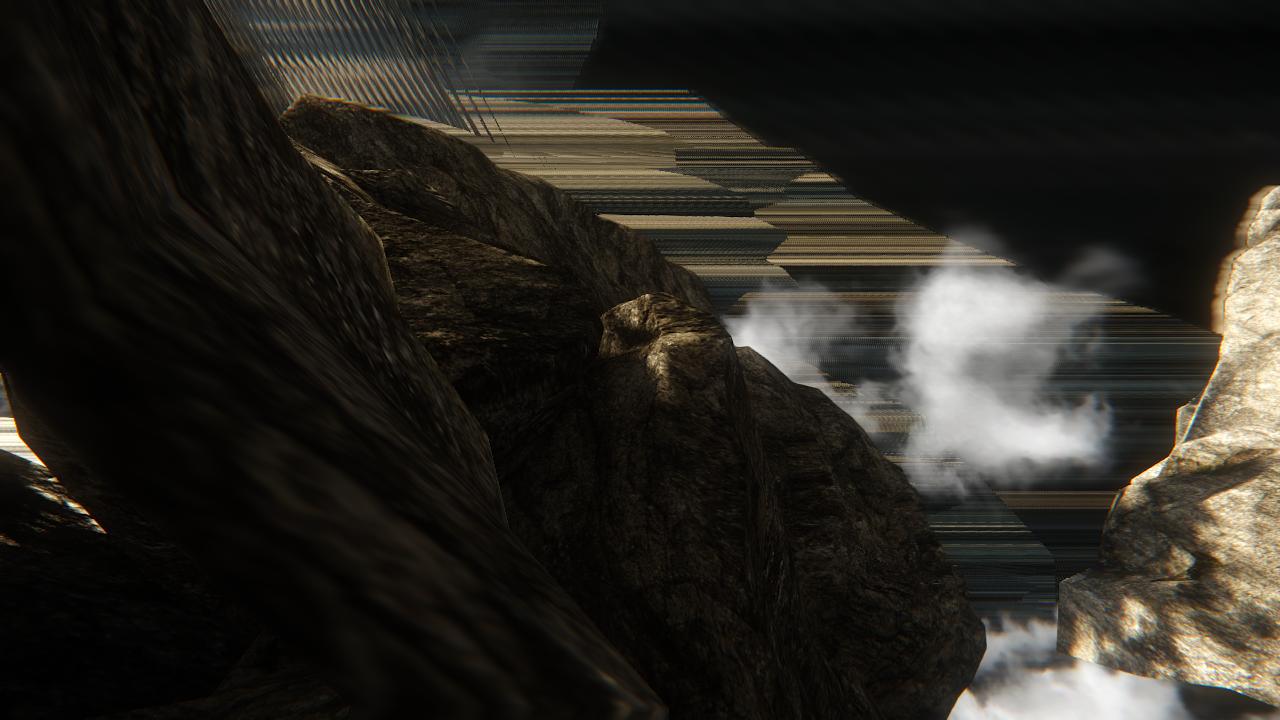IN THIS EXCLUSIVE INTERVIEW, AMERICAN ARTIST CLAIRE L. EVANS DISCUSSES THE FUTURE OF VIDEO GAMES, THE FALSE DICHOTOMY BETWEEN GAMES AND REALITY, AND THE FRAMING POWER OF SCREENS.
Claire L. Evans is an American singer, writer, and artist based in Los Angeles, California. She is the lead singer of the pop duo YACHT. In addition, Evans is a science journalist, with a popular science and culture blog,Universe, hosted by National Geographic's Scienceblogs network. Her essay for Universe, "Moon Art: Fallen Astronaut" was anthologized in The Best Science Writing Online 2012. She is also the co-author of New Art/Science Affinities, a book about contemporary artists working at the intersection of science and technology, and the author of a collection of essays called High Frontiers, published by Publication Studio, a small press in Portland, Oregon. In August 2013, she became the editor-in-chief of OMNI Reboot, a new online version of the science magazine OMNI. Evans is the Futures Editor at Motherboard. Her book, The Future is Unmanned, a feminist history of the internet, is forthcoming from Penguin Random House.
Claire L. Evans's MODERN WARFARE is on display in the RECORD level of GAME VIDEO/ART. A SURVEY.
This interview was produced by the students of Master's Degree Program in Arts, Markets and Cultural Heritage at IULM.
GVA: Why did you specifically choose a video game to make art? What do you find especially fascinating about this medium? Its interactivity? Agency? Aesthetics? Theatricality?
Claire Evans: I’m fascinated by the open ended nature of the sandbox game environment, how much it allows you to drift, to produce a dérive. I like to explore games, searching for the edges of the maps, the places where obstacles and “masking systems” (an industry term) politely turn the player away from the edges of a rendered environment. Sometimes I look for those same obstacles in the real world: what does the layout of a city permit its citizens to see? What is hidden through masking systems? Where does the map end? Only by pushing against the highly tactical, invisible force of a game narrative can the player discover its shape; only by seeking fences do we find our boundaries.
GVA: Digital games often create parallel, alternative experiences for its users. How do you relate to the complex relation between reality and simulation? How do you address this tension through your work?
Claire Evans: I try not to create explicit binaries between reality and simulation. The way I see it, artwork that hopes to make any kind of real impact needs to exist in both IRL and digital space; if it exists only in the “real” world, without documentation or some form of second life online, it might as well not exist, so limited is its potential reach. As the kids in America say, “pics or it didn’t happen.” But making work that is only online, or lives only inside of a game environment, is also lacking something important. One must always acknowledge the player, the kinesthetic or bodily experience, the physical hardware, the file. It’s best to create something that overlaps between several states of being. That’s how we all live now.
Claire L. Evans, Digital Decay: Meditation/Disintegration, 2011
"Animation of individual video frames saved in progressively lower file formats hundreds and hundreds of times. Where is the line at which compression ceases to preserve information entirely? The digital image washes away on the tide of its own preservation. The beach ball is the third eye."




